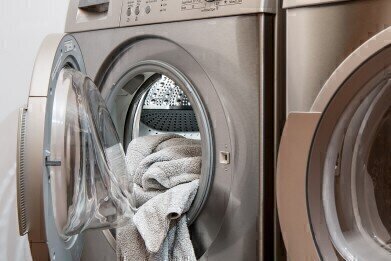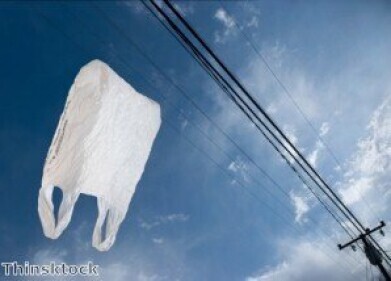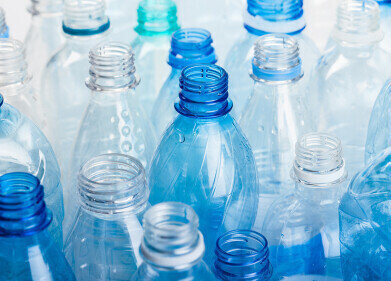Waste Management
What Is Invisible Plastic Pollution?
Mar 22 2019
The pollution caused by the release of microplastics into the Earth’s oceans and seas is invisible to the naked eye but potentially dangerous to all forms of life, according to a leading materials scientist from Penn State University in the USA. Melik Demirel claims that microplastics released during the washing of textiles and clothing made from materials like nylon and polyester are infiltrating the food chain and could cause untold consequences in years to come.
Demirel says that because they do not have the same visibility as huge patches of trash floating in the ocean, microplastics often fly under the radar when it comes to law-making and environmental consciousness. However, given that clothing represents one of the biggest causes of microplastic pollution, there are a number of different strategies we can employ to curb their proliferation. These include:
-
Going au naturel
Synthetic fibres like polyester and nylon are cheaper than natural materials like cotton, silk and wool, but persist far longer in the atmosphere and do not lend themselves to recycling. Reverting to the use of natural fibres could alleviate some of the worst consequences of microplastic pollution, but it must be remembered that cultivating such materials is also more land-intensive and consumes more water than synthetic alternatives.
-
Catching at source
Another way to remove microplastics from our waterways is to stop them getting there in the first place. Most tumble dryers already have lint filters in place which prevent small particles of material from entering the sewer system, but unfortunately front-loading washing machines often do not. Switching to a washing machine which offers this capability could do much to reduce the strain on the planet.
-
Good bacteria
It has been discovered that there exists a species of bacteria which actually consumes plastic, so incorporating these into the filtration process could help to break down the fibres into a form in which they can easily be recycled or even remove the plastic elements altogether. While the idea is a promising one, it’s still very much at the drawing board stage and will need to jump through several academic research hoops before it can be employed on a mass scale.
-
Biosynthetic fibres
Biosynthetic fibres represent an attractive alternative to both natural and synthetic ones, since they combine the advantages of both and the disadvantages of neither. Created from naturally-occurring proteins, biosynthetic fibres are both biodegradable and recyclable and could theoretically be used in a straight swap for the synthetics currently used in our clothing and textiles. Again, it may still be some time before biosynthetic fibres graduate from the laboratory to your local clothing store, but the prospect is a promising one.
All of the above methods represent positive methods of preventing microplastics from entering the environment, but what about the billions of pollutants which are already present in our streams, lakes and oceans? The unlikely marriage of forensic science and artificial intelligence may just be able to provide some answers on that front, using the latest technology alongside scientific acumen to strike a blow in the battle against plastic pollution.
Events
May 05 2024 Seville, Spain
May 13 2024 Munich, Germany
May 23 2024 Beijing, China
May 23 2024 Beijing, China
Jun 10 2024 Algiers, Algeria













